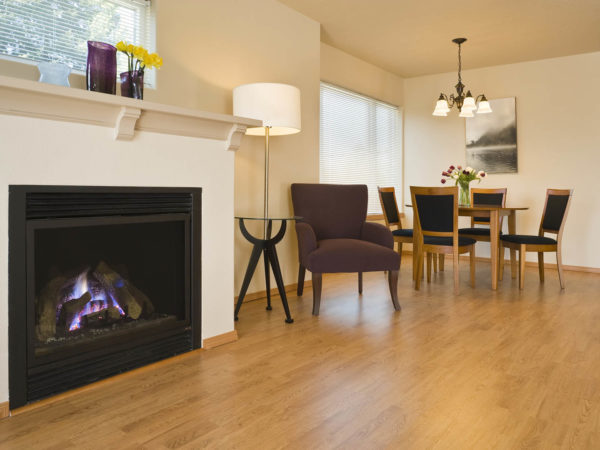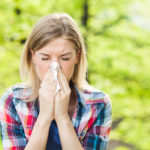Give Up Fireplaces?
I heard a report on the radio the other day that warned against burning wood in fireplaces. I can’t believe there’s anything wrong with a nice cozy fire. What’s the problem?
Andrew Weil, M.D. | March 8, 2011

Burning wood in a fireplace can result in the release of toxins, including dioxin, arsenic and formaldehyde, as well as fine particles that can worsen breathing problems in people with asthma or COPD (chronic obstructive pulmonary disease). Wood smoke can also be harmful to adults with congestive heart failure and coronary artery disease. Beyond that, the Children’s Health Environmental Coalition has reported that children living in wood-burning households have higher rates of lung inflammation, breathing problems, pneumonia, and other respiratory diseases.
The American Lung Association calls for cleaner, less toxic sources of heat and suggests converting a wood-burning fireplace or stove to use either natural gas or propane as a means of avoiding indoor air pollution with smoke and cutting down on pollution of the environment.
You can have a wood fire that emits only low levels of toxins if you burn only 100 percent untreated wood or specially manufactured fireplace logs. The ALA notes that wood for your fires should be purchased early in the year and stored in a covered space for at least six months before use. This is enough time for the wood to dry thoroughly so that it will burn efficiently and smoke less. The ALA also warns against burning such materials as colored paper, plastics, rubber and trash, all of which release harmful chemicals.
It’s also important to keep your wood stove or fireplace in good working order so that it draws efficiently. Regular chimney cleaning can not only help keep smoke out of your living area, but is also vital to prevent dangerous buildup of creosote. If accumulated creosote ignites, it may cause a “chimney fire” that can spread to the house itself.
Another environmentally friendly way to enjoy a fire is to burn wood pellets made from sawdust and other lumber byproducts that would have otherwise ended up in landfills. Pellets release fewer toxins when burned, but you need a pellet stove or special fireplace insert to use them.
Andrew Weil, M.D.









